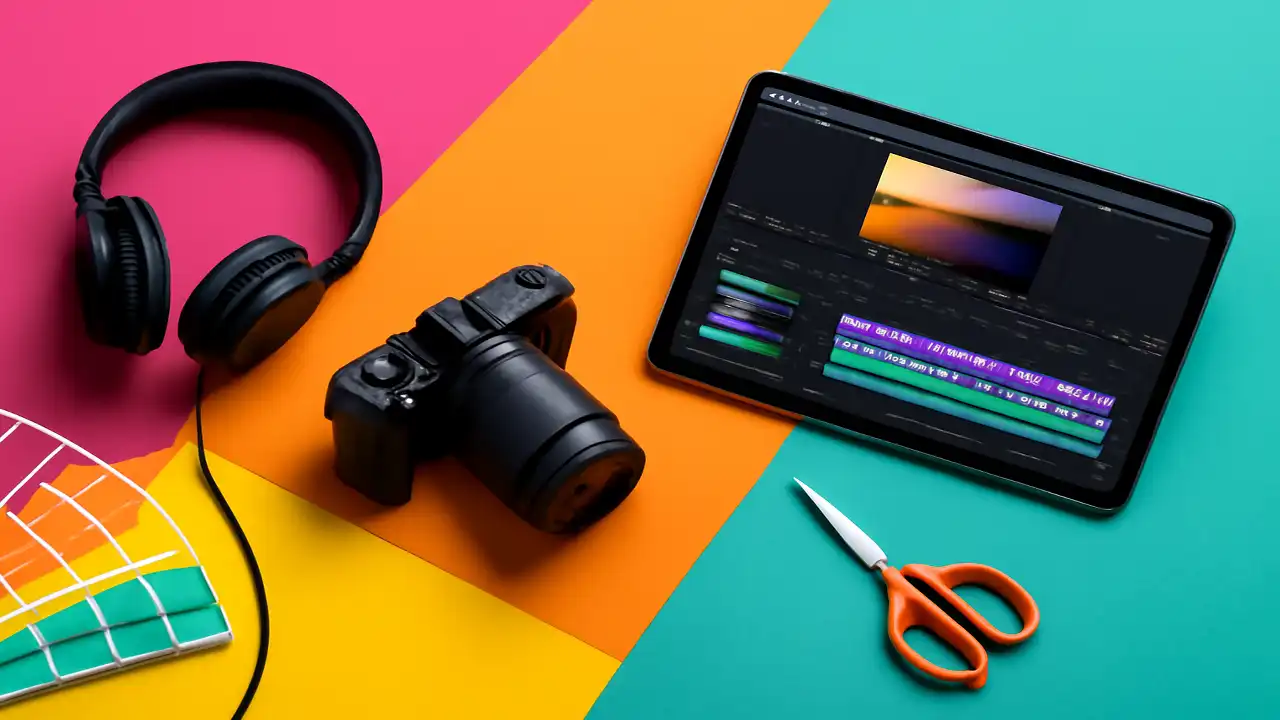Learn YouTube video editing basics with this guide covering essential cuts, transitions, and practical techniques. Perfect your editing skills to create engaging videos that boost views and channel growth.
YouTube Video Editing 101 Basic Cuts, Transitions, and Techniques Explained

Introduction: Why Mastering YouTube Video Editing Matters
In the ever-growing world of online content, YouTube stands out as one of the most powerful platforms for creators to share their stories, ideas, and expertise. Whether you're a beginner or an experienced content creator, understanding the fundamentals of YouTube video editing is essential to producing engaging, professional-quality videos that capture and retain viewers’ attention.
This comprehensive guide will cover basic cuts, transitions, and essential editing techniques, enabling you to elevate your video content effortlessly. Using these skills, you can improve viewer retention, boost channel growth, and enhance your personal or brand storytelling. By mastering these editing fundamentals, your videos won’t just look polished—they’ll also rank better on YouTube thanks to improved watch time and viewer engagement, which are critical SEO factors.
Keywords like YouTube video editing basics, how to cut videos for YouTube, and best YouTube editing transitions will naturally appear throughout this article, providing valuable insights for beginners and advanced users alike.
Understanding the Basics of YouTube Video Editing
What Is Video Editing?
Video editing is the process of assembling raw footage into a cohesive and compelling story. It involves selecting the best clips, trimming unnecessary parts, adding effects or transitions, and enhancing audio and visuals to deliver a polished final product. For YouTube, effective editing is key to maintaining viewer interest and achieving your content goals.
Essential Video Editing Terms
- Cuts: The simplest form of editing where one clip instantly changes to the next.
- Transitions: Visual effects that smooth or stylize the switch between clips, such as fades or wipes.
- Timeline: The workspace where clips are arranged and edited.
- Rendering: Finalizing the edited video into a shareable format.
Basic Cuts: The Foundation of Smooth Editing
Types of Basic Cuts
- Straight Cut: The most common cut, instantly switching from one clip to another with no effects.
- Jump Cut: Used to create a fast-paced feel by cutting within the same clip to remove pauses or filler.
- Cutaway: Inserts a clip different from the main footage to add context or cover edits.
- L-Cut and J-Cut: Audio from one clip overlaps into another, creating smoother scene transitions.
How to Use Cuts Effectively
- Keep your cuts clean to maintain the viewer’s attention.
- Use jump cuts sparingly to avoid disorienting the audience.
- Incorporate L-cuts and J-cuts to make conversations and scenes flow naturally.
Transitions: Adding Style Without Distracting Viewers
Common YouTube Transitions
- Fade In/Fade Out: Gradual transition to or from black or white, signaling scene starts or ends.
- Cross Dissolve: Overlapping clips with fading opacity for a smooth blend.
- Wipe: One clip replaces another with a sweeping motion.
- Slide: One clip slides out while the next slides in.
Best Practices for Using Transitions on YouTube
- Use simple transitions like cuts and fades to keep focus on the content.
- Avoid overusing flashy transitions which can distract and reduce professionalism.
Match transitions to the mood and pacing of your video.
Practical Editing Techniques for YouTube Creators
Color Correction and Grading
Enhance the visual appeal by adjusting brightness, contrast, saturation, and color tones to create consistent and attractive footage.
Audio Editing
Clear audio is crucial. Use noise reduction, volume leveling, and background music carefully to improve viewer experience.
Text and Graphics
Add titles, captions, and lower thirds to provide context and emphasize key points, aiding accessibility and engagement.
Speed Adjustments
Slow motion or time-lapse can add dramatic or comedic effects but should be used purposefully.
Incorporating Internal and External Links
To boost SEO and provide extra value, link internally to related articles or tutorials on your site like “How to Optimize YouTube Thumbnails” or “Advanced YouTube SEO Tips.” For external references, include links to reputable video editing software sites such as Adobe Premiere Pro or Final Cut Pro tutorials, helping readers explore professional tools.
SEO and Optimization Tips for Your YouTube Videos and Articles
- Use Relevant Keywords: Integrate keywords naturally into titles, descriptions, and alt texts.
- Optimize Meta Description: Create concise, compelling meta descriptions for both videos and articles.
- Alt Text for Images: Describe images with keywords to improve accessibility and search engine indexing.
- Create Engaging Thumbnails: Combine editing techniques with custom thumbnails to increase click-through rates.
- Video Tags and Captions: Proper tagging and captions improve discoverability and audience reach.
- You can use the free and excellent tool, analyzevid, for this task.
- Tag Generator
Image Use and Optimization
Include high-quality, relevant images such as screenshots of editing timelines, examples of transitions, and before-after color grading shots. Ensure all images have descriptive alt text with your main keywords, for example, “YouTube video editing timeline showing basic cuts.”
Conclusion: Elevate Your YouTube Videos Today
Mastering basic cuts, transitions, and editing techniques is a powerful step toward creating engaging YouTube content that resonates with your audience and ranks well. Consistent practice and applying these practical tips will help you build a loyal following and grow your channel organically.
Ready to transform your YouTube editing skills? Start experimenting with these techniques today .
Continuous Improvement: Keep Evolving Your Editing Skills
Video editing is an evolving art form. Stay updated with the latest tools, trends, and YouTube algorithm changes. Regularly review your analytics to understand what works, and refine your editing style accordingly to keep your audience hooked.